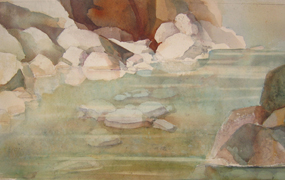
Haven’t you stood on a river bank and wondered how you would paint rocks under water? It can be extremely complicated but is, in effect, exactly the opposite of The White Veil Effect and what you might want to try next. It is a question of planning and process.

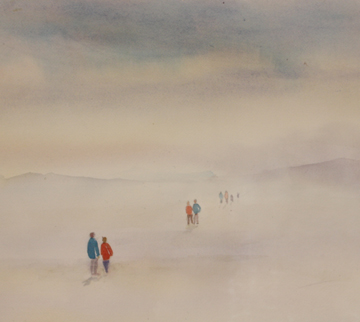 Have you wondered how to get the effect of people walking on a foggy beach — some near and some farther away? Or how to show the illusion of gauze curtains?
Have you wondered how to get the effect of people walking on a foggy beach — some near and some farther away? Or how to show the illusion of gauze curtains?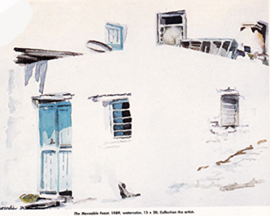 A Movable Feast, Caroline Buchanan
A Movable Feast, Caroline Buchanan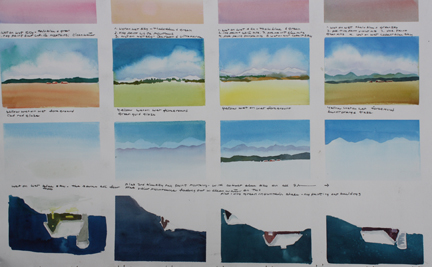
 Let’s start with the WOW! factor. On occasion, there are paintings, there is music, there are other forms of art that leave you speechless. They are that good. There are paintings that have moved me to tears, as there is music. You know what I mean.
Let’s start with the WOW! factor. On occasion, there are paintings, there is music, there are other forms of art that leave you speechless. They are that good. There are paintings that have moved me to tears, as there is music. You know what I mean.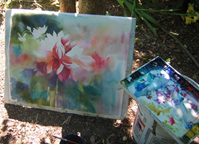 Ruby My Dear in the garden
Ruby My Dear in the garden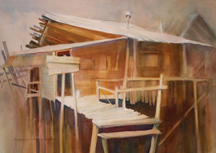 A painting goes off track and I often hear,”How can I fix it.” Sometimes we can. Sometimes, no matter what you do, you have passed a point of no return. It will never be a good painting. People are reluctant to give up because they don’t want to waste all of that time they invested so they keep flailing away, hoping to save the painting. Does this sound familiar?
A painting goes off track and I often hear,”How can I fix it.” Sometimes we can. Sometimes, no matter what you do, you have passed a point of no return. It will never be a good painting. People are reluctant to give up because they don’t want to waste all of that time they invested so they keep flailing away, hoping to save the painting. Does this sound familiar?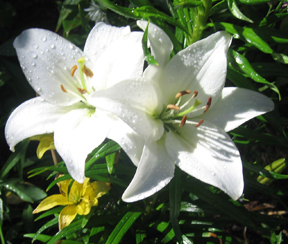 Perhaps you have discovered that one of the first things that changes when you start painting and/or drawing is how you see things, how much more you are seeing! This summer while you are spending more time out of doors, PRACTICE SEEING the way a artist looks and sees. An artist does look and see differently. You can learn it faster when you really think about it.
Perhaps you have discovered that one of the first things that changes when you start painting and/or drawing is how you see things, how much more you are seeing! This summer while you are spending more time out of doors, PRACTICE SEEING the way a artist looks and sees. An artist does look and see differently. You can learn it faster when you really think about it.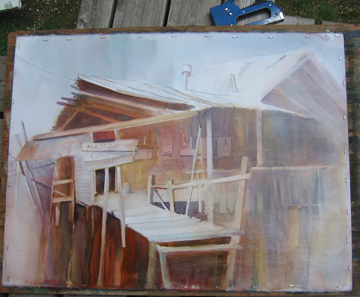
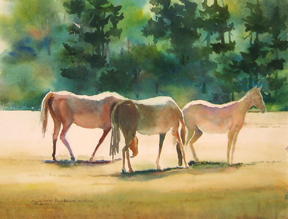 Now that we are headed toward plein air painting, you might find it useful to review the GREEN entry in July and DARKS in August of 08 — which leads us right in to a question that has come up several times this month, “Which colors should I buy?”
Now that we are headed toward plein air painting, you might find it useful to review the GREEN entry in July and DARKS in August of 08 — which leads us right in to a question that has come up several times this month, “Which colors should I buy?”